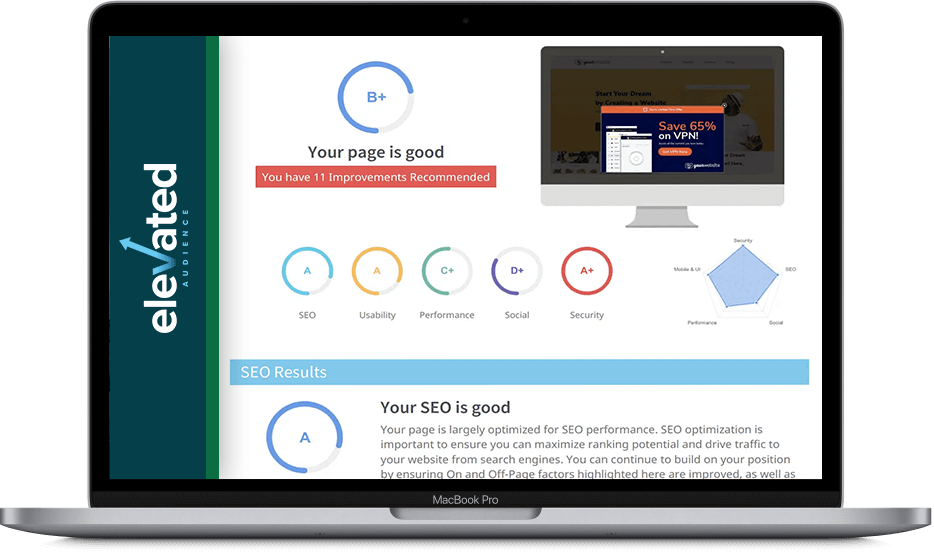Why Web Accessibility is Critical for SEO Success” isn’t just a trending topic; it’s a vital strategy for enhancing your online presence.
This comprehensive guide will explore how prioritizing accessibility can significantly improve your website’s search engine rankings and user engagement.
Read on for expert advice that could revolutionize your approach to SEO and web accessibility.

The SEO Benefits of an Accessible Website
Web accessibility is critical in modern SEO strategy, offering a unique opportunity to enhance your website’s performance in search engine rankings.
By making your website accessible to all users, you commit to inclusivity and tap into powerful SEO advantages.
Let’s explore these benefits in more detail.
Enjoy A Cost-Effective SEO Strategy
The cost-effectiveness of integrating web accessibility into your SEO strategy is another significant benefit. Initially, it may seem like an additional investment to make your website accessible.
However, in the long run, this integration reduces costs in several ways:
- Reduced Need for Future Overhauls: By building accessibility into your website from the start, you minimize the need for costly redesigns or updates in the future to meet accessibility standards or SEO requirements.
- Streamlined Website Maintenance: Accessible websites often require cleaner and more structured code, leading to easier and less expensive maintenance.
- Enhanced SEO Efficiency: Accessibility features like alt text and proper heading structures boost SEO. This synergy means you’re getting dual benefits from the same effort, maximizing your investment in website development.
- Avoidance of Legal Costs: With increasing legal requirements for web accessibility, non-compliant websites face potential fines and legal fees. Ensuring accessibility from the outset helps avoid these financial risks.
- Longer Website Lifespan: Accessible websites are often more adaptable to changes in technology and user preferences, leading to a longer lifespan of the website before a significant redesign is needed.
Optimize Content Accessibility for Search Engines
Accessible sites ensure that all content, including visual and auditory media, is available to everyone, including those using assistive technologies.
This practice involves providing text alternatives for images and videos, enhancing the site’s comprehensibility and structure.
Additionally, structured data plays a crucial role in this process. It helps search engines understand the context and content of your pages, leading to better categorization in search results and the potential for higher visibility in rich snippets and other search features.
Enhance Social Sharing Through Accessibility
Users who find your content easy to access and valuable are likely to share it on their social networks. This increased visibility on platforms like Facebook, Twitter, and LinkedIn can drive significant traffic to your site.
Moreover, social sharing acts as a form of social proof, signaling to other users and search engines that your content is valuable and worth checking out. Accessible content often includes elements like alt text for images, captions for videos, and clear, concise text, making your content more understandable and shareable for all users.
For instance, well-captioned videos can be watched without sound, making them more likely to be viewed and shared in environments where audio is not feasible.
Effortless Backlinking Strategy
Backlinks, or links from other websites to yours, are a cornerstone of SEO. They act as endorsements of your content, signaling to search engines that your site is a credible and authoritative source.
When your site is accessible, it’s more likely to be referenced and linked to by other websites, including those focusing on accessibility, inclusivity, and social responsibility.
Moreover, accessible content tends to be more user-friendly and informative, qualities that other site owners look for when linking to external content. For example, a well-written and accessible blog post that provides valuable information in an easy-to-understand format is more likely to be linked to than one that is not accessible.
Mobile Optimization
Mobile accessibility is a critical aspect of both web accessibility and SEO. With the increasing use of mobile devices to access the internet, search engines like Google have adopted a mobile-first indexing approach. This means that the mobile version of your website is considered the primary version for indexing and ranking.
An accessible mobile site ensures that all users, including those with disabilities, can navigate and interact with your content easily on smaller screens. Features such as responsive design, easy-to-click buttons, and readable text sizes contribute to a better mobile user experience, a key factor in SEO.
By optimizing your website for mobile accessibility, you not only comply with accessibility standards but also enhance your site’s SEO, ensuring it ranks well in mobile search results.
Get a Free Web Accessibility Audit
Why web accessibility is critical for SEO success becomes clear when considering its long-term benefits and cost savings. This strategic approach ensures your website remains adaptable, compliant, and competitive in the ever-evolving digital landscape.
Remember that expert guidance can make all the difference as you look to elevate your website’s performance and inclusivity.
To explore how you can effectively integrate web accessibility into your SEO strategy and reap its full benefits, we invite you to request a free ADA compliance website audit — our team is ready to help you unlock the full potential of your website, ensuring it’s not just accessible, but also a powerful tool in your digital marketing arsenal.






